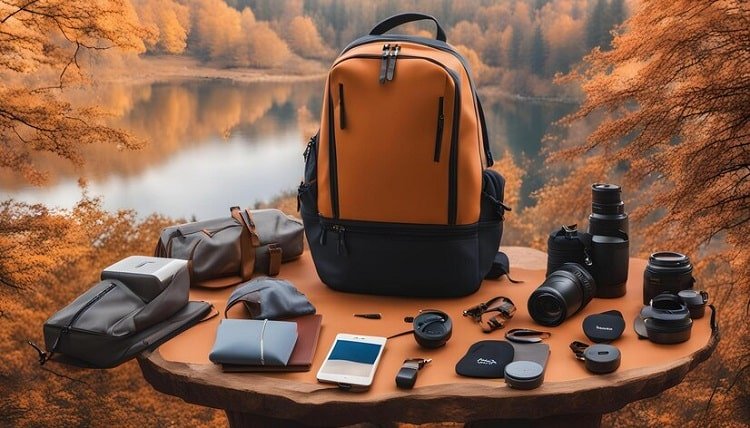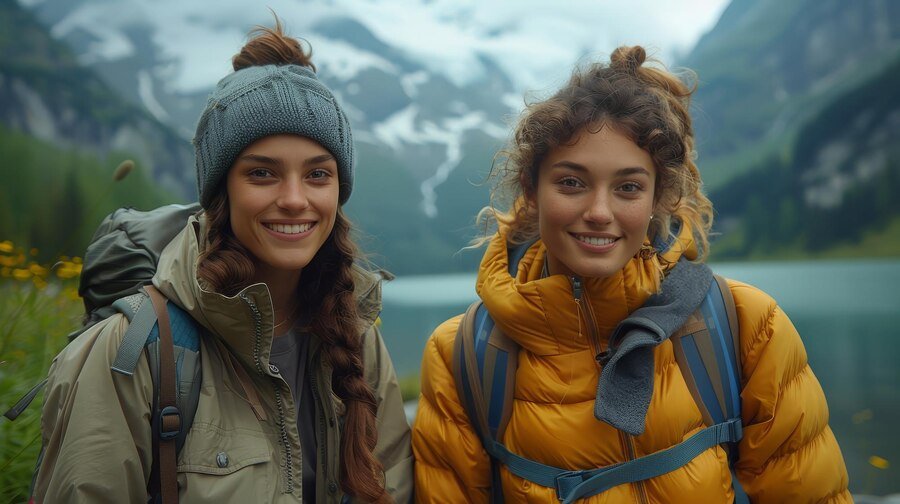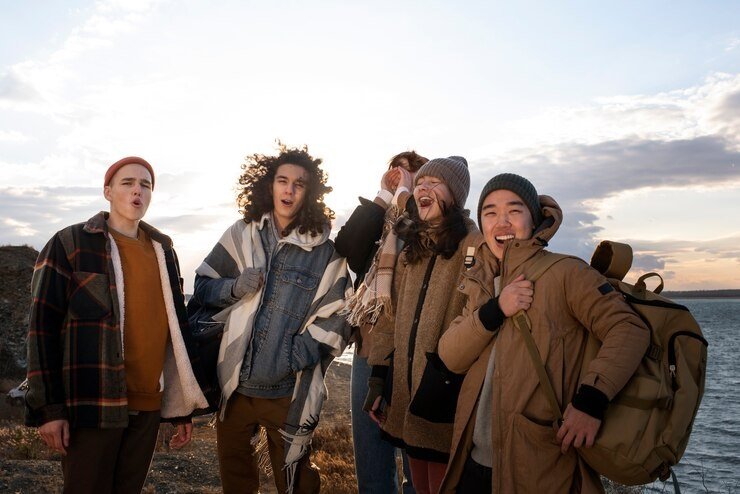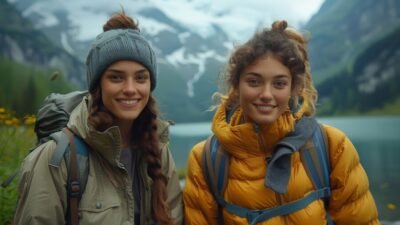
Capturing striking photos while traveling can transport you back to the sensation of wonder and discovery you felt in that place. Travel photography allows us to share seldom seen corners of the world with others. Beyond creating lasting memories, compelling images inspire people to travel responsibly and protect fragile destinations.
This guide will provide tips to help elevate your travel photography. You’ll learn how to:
- Choose the right camera and lenses
- Take vivid photos in diverse lighting
- Edit images to make them stand out
- Share your photos to inspire other travelers
Let’s get started capturing eye-catching, meaningful images on the road!
Choosing the right camera and lenses for travel photography
With so many camera options, from DSLRs to phones, deciding what to use can be overwhelming. Here are key factors to consider:
Compact vs DSLR
Compact cameras are lightweight and easy to use on-the-go. Higher-end compact cameras take excellent quality images. DSLRs allow more creative control and produce top-notch image quality. But they can be large and heavy.
Smartphone cameras
Smartphones like the iPhone and Pixel have excellent cameras that might suffice for casual travelers. Consider add-on lenses to expand capabilities.
Lenses
A telephoto zoom lens is great for wildlife and landscape images. A wide angle lens captures expansive scenery and architecture. Prime lenses have superior image quality, but less versatility.
Other features
Consider weather sealing, image stabilization, manual controls, and accessories like tripods, flashes, and remote shutters.
Tips for taking great photos in different lighting conditions
Mastering light is key to evocative travel photography. Here are tips for common scenarios:
Sunny conditions
- Use a reflector or fill flash to reduce harsh shadows.
- Photograph early morning or late afternoon when sunlight is softer.
- Compose with the sun behind you for even lighting.
Nighttime and low light
- Use a tripod for sharp, blur-free images.
- Boost ISO to make cameras more light sensitive.
- Capture cityscapes and the night sky with long shutter speeds.
Backlit subjects
- Use exposure compensation or spot metering to correctly expose your subject.
- Lift shadows in post using RAW files.
- Employ a fill flash to illuminate people with the sun behind them.
Indoor museums and buildings
- Increase ISO and open aperture for low light interiors.
- Watch for mixed lighting like tungsten and natural light.
- Use a monopod or raise ISO instead of flash which is often not permitted.
How to edit your photos to make them stand out
Post-processing elevates your images and conveys a cohesive style. Try these editing tips:
- Convert to black & white – Conveys mood and draws the eye.
- Crop carefully – Eliminate distractions and compose with purpose.
- Adjust color and tone – Enhance using saturation, vibrance, curves, etc.
- Selective editing – Make adjustments only to certain parts of a photo.
- Remove blemishes – Retouch to remove dust spots, people/objects you don’t want, etc.
- Enhance eyes – Bring focus to faces by increasing clarity and brightness.
- Add vignette – Subtly darken edges to direct attention inwards.
For maximum flexibility, always shoot RAW rather than JPG so you can fine-tune images during editing.
Sharing your travel photos on social media
Curating and sharing a compelling portfolio helps memorialize your trip and inspire others. Here are some best practices:
- Tell a cohesive story – Organize similar photos into themed albums like “Scenic New Zealand” or “Street Life in Kenya”.
- Write detailed captions – Include the destination, why the place is meaningful, tips for finding the spot, etc.
- Add useful hashtags – Include location names, photo themes like #landscapephotography, etc. to reach a wider audience.
- Tag relevant accounts – Like nearby hotels, tour companies, or tourism boards that may reshare your images.
- Post consistently – Share some photos during the trip, but also space out posts over time for continued impact.
- Credit others – If people or tour companies helped you get a unique photo, acknowledge them.
Conclusion and call to action
With a quality travel camera, understanding of light, photo editing proficiency, and a passion for storytelling, anyone can capture incredible memories. As we enter 2023, make this the year you advance your travel photography skills. By sharing your inspiring perspective, you can motivate others to travel responsibly and protect our planet.
Here are three key takeaways:
- Carefully select compact or DSLR cameras and lenses tailored to your style of travel.
- Master lighting techniques like using fill flash, tripods, and raising ISO in dim conditions.
- Elevate images through cropping, color correction, vignettes, and other editing techniques.













